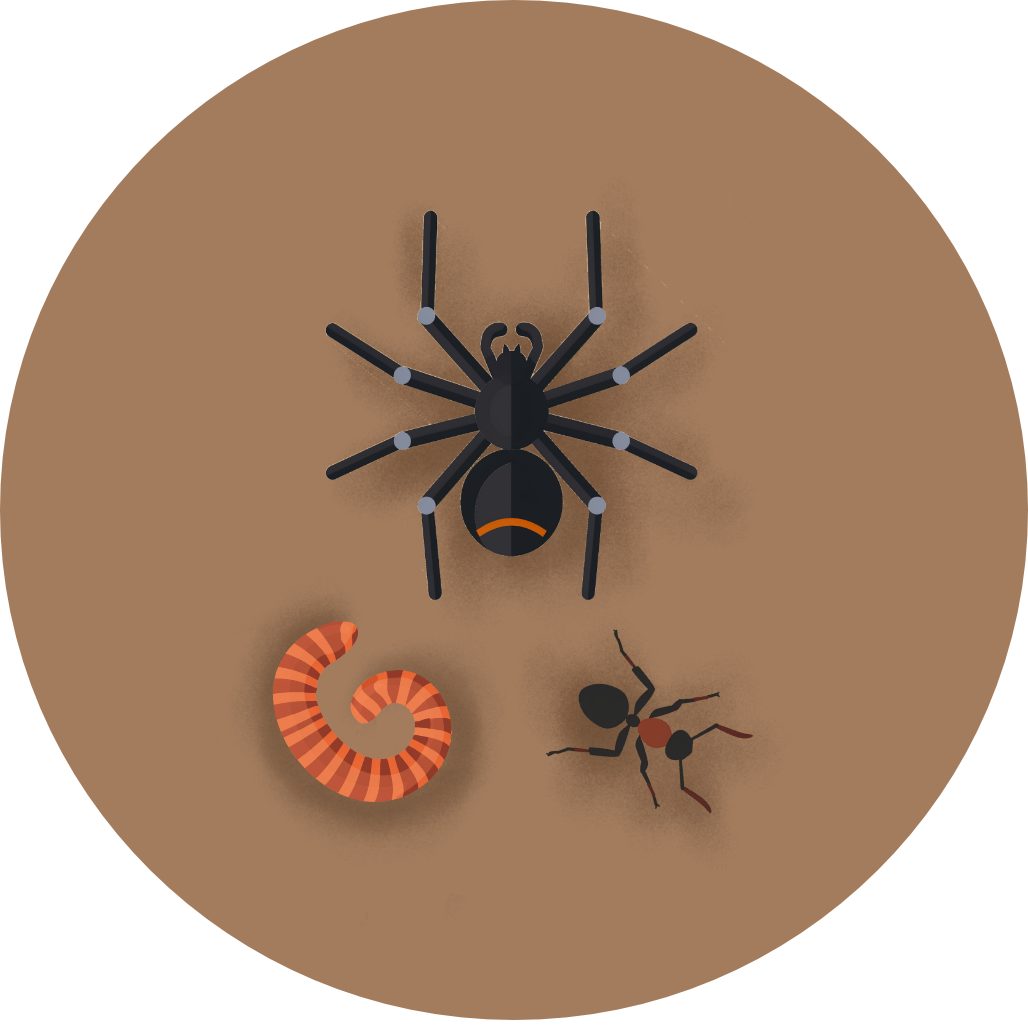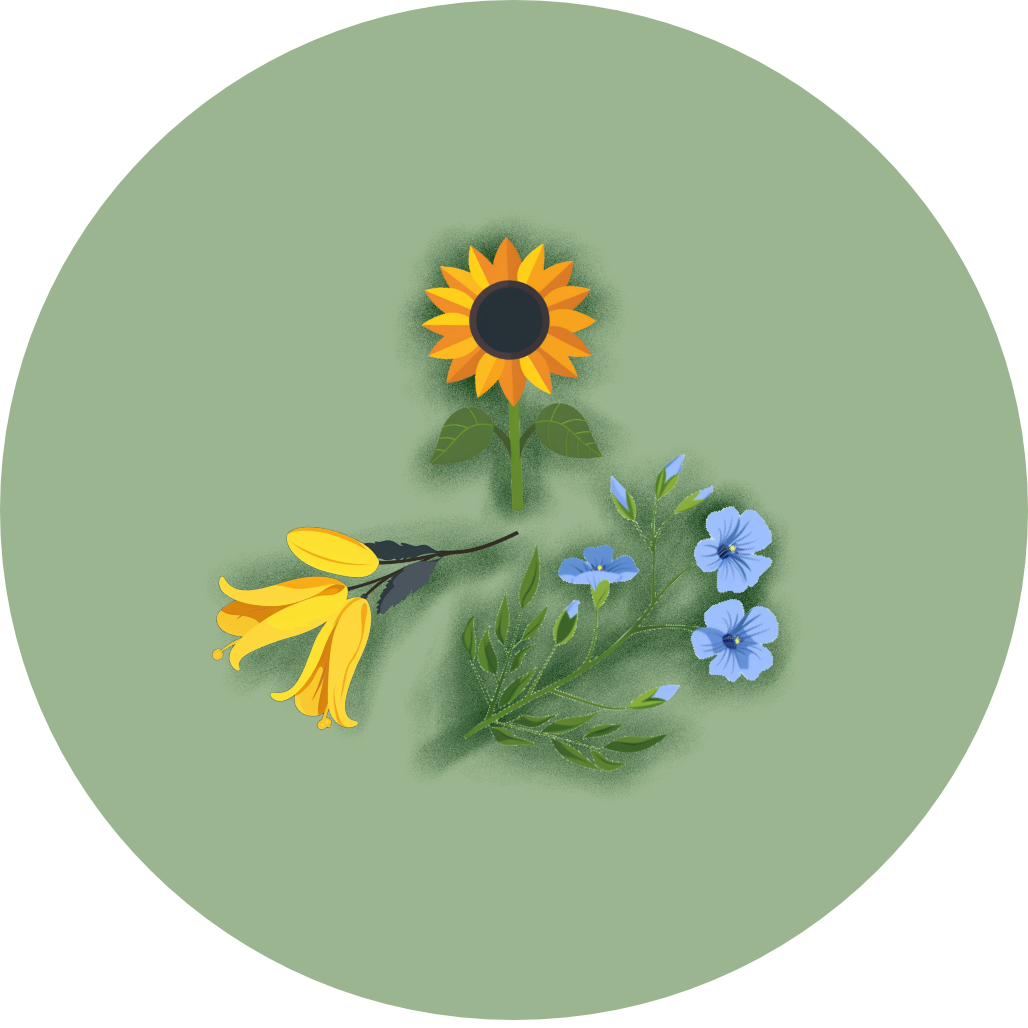
New Zealand Bellbird
Anthornis melanura
Also known as: Korimako


Anthornis melanura
Also known as: Korimako

The New Zealand bellbird, or Korimako, is a charming native songbird. About the size of a starling, this olive-green honeyeater is known for its melodious voice. With a slightly curved bill and bright red eyes, the bellbird is a common sight in many New Zealand forests and garden.
1. Bright red eyes contrasting with olive-green plumage
2. Short, curved bill ideal for feeding on nectar
3. Melodious, bell-like song that's unmistakable in New Zealand forests
Bellbirds are territorial during the breeding season, which runs from spring to summer. They build nests in tree forks, laying 3-4 eggs per clutch. Both parents care for the young. These birds play a crucial role in pollinating native plants with their brush-like tongues. While still common in many areas, they face threats from habitat loss and introduced predators. Their ability to adapt to urban environments has helped maintain populations in some regions.
Look for bellbirds in native and exotic forests, scrublands, and even urban parks and gardens. They're often found high in flowering trees, especially during early morning or late afternoon when they're most active. Listen for their distinctive song to locate them. They're common throughout much of New Zealand, except in the far north. Try spotting them around nectar-rich plants like kowhai or flax.
Bellbirds can be found in most of New Zealand aside from the far North beyond Waikato, though common on the Coromandel peninsula; occupying forests, scrublands, and a range of urban environments including parks, gardens, orchards, farmland and exotic plantations. Try spotting them around nectar-rich plants like kowhai or flax and high in flowering trees.
The bellbird has long been cherished in New Zealand. Māori know it as korimako or makomako and consider it taonga (treasure). Early European settlers were captivated by its song, with Captain Cook likening it to "small bells exquisitely tuned."
20 cm
30 g





Coming Soon!
Top birding locations will be available in a future update.